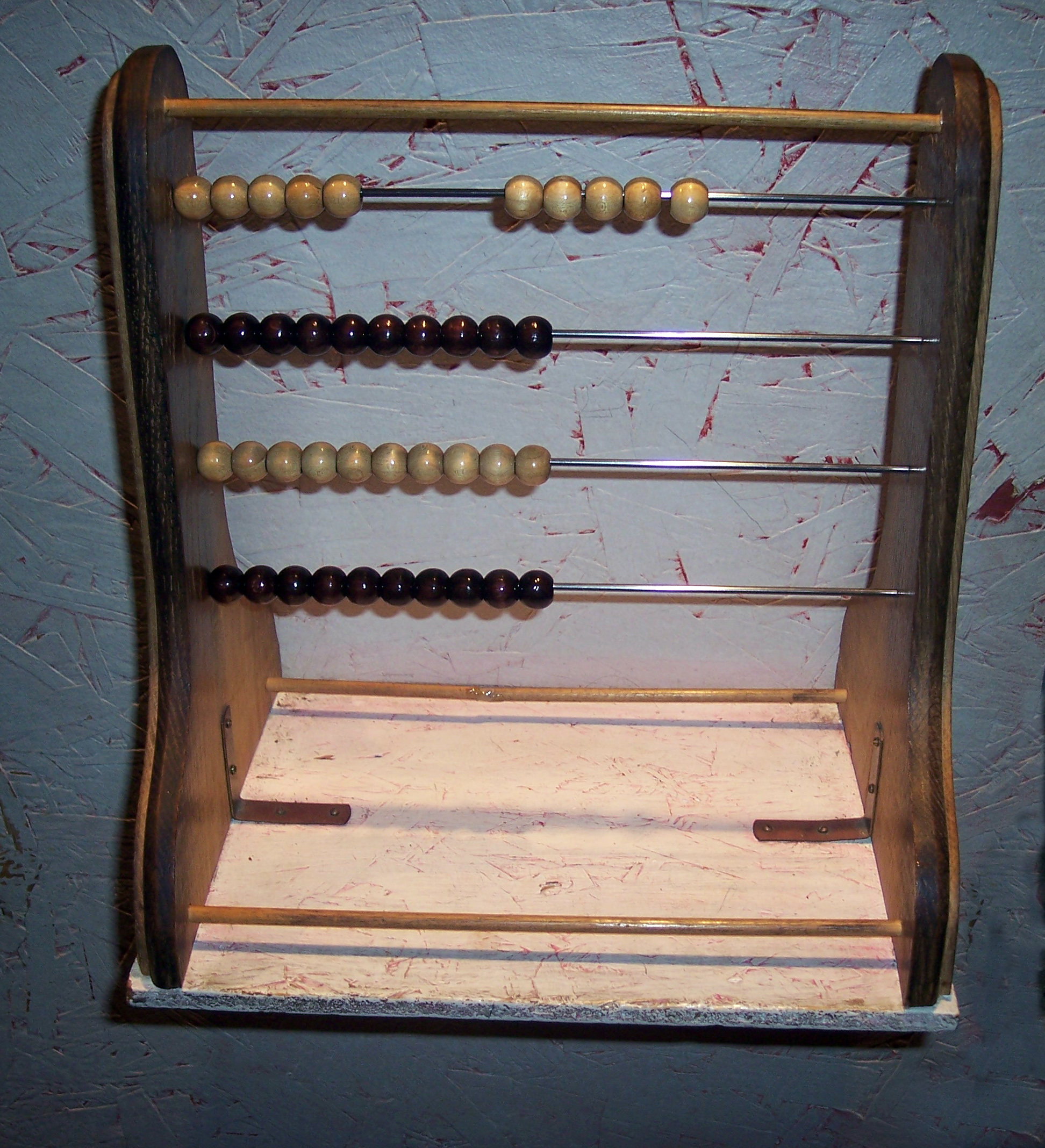

- #When was the abacus invented manual#
- #When was the abacus invented full#
- #When was the abacus invented software#
Mostly, they calculated problems by moving stones or beans around in grooves or on tablets. Early societies used some Abacusform of it to count and do arithmetic long before they invented numbers. The abacus is an ancient calculating tool that dates back centuries. Blaise Pascal started to develop a mechanical calculator – the Pascaline. It used a version of Napier’s bones for multiplication with a mechanical adding/subtracting calculator based on gears, with mutilated gears for carry. Willhelm Schickard invented the “Calculating Clock”, the first mechanical calculator. In architecture, an abacus (from the Greek abax, slab or French abaque, tailloir plural abacuses or abaci) is a flat slab forming the uppermost member or division of the capital of a column, above the bell. By the time he went to Cambridge University in 1810 he was very interested in mathematics. He was often unwell as a child and was educated mainly at home. When was Charles Babbage at university?Ĭharles Babbage (1791 – 1871) Charles Babbage was born on 26 December 1791, probably in London, the son of a banker. The standard abacus can be used to perform addition, subtraction, division, and multiplication the abacus can also be used to extract square-roots and cubic roots. The abacus system of mental calculation is a system where users mentally visualize an abacus to do calculations.
#When was the abacus invented software#
The name and logo of this software are based on the abacus calculation tool. What is Abacus Software?Ībaqus FEA (formerly ABAQUS) is a software suite for finite element analysis and computer-aided engineering, originally released in 1978. The abacus itself doesn’t calculate it’s simply a device for helping a human being to calculate by remembering what has been counted.
#When was the abacus invented manual#
What is the abacus?Īn abacus is a manual aid to calculating that consists of beads or disks that can be moved up and down on a series of sticks or strings within a usually wooden frame. Some historians believe that the abacus was invented by the ancient Chinese while some believe that it was invented by the Babylonians or the Egyptians. It is presumed that the earliest abacus was invented about 5000 years ago. This simple calculating machine helped to count large numbers. Who invented the abacus and in what year? The modern abacus, Japanese abacus, or soroban has four beads at the bottom and one bead at the top. For example, the classical abacus or Chinese abacus has five beads on the bottom and two beads at the top. What are the types of abacus?īefore learning to use the abacus realize there are different types of abacus’. The Abacus, as we know it today, was used in China around 1300 A.D. The first Chinese Abacus was invented around 500 B.C. When was the first abacus invented?Ĭhinese Invention.

Abacus, on the other hand, referred as the tallying frame, a math device is a mechanical gadget used to help a man in performing numerical computations and checking.
#When was the abacus invented full#
What is the full name of Abacus?Ī means Abundant, B means Beads, A means Addition, C means Calculation, U means Utility, S means System. The abacus is a device, usually of wood (romans made them out of metal and they are made of plastic in modern times), having a frame that holds rods with freely-sliding beads mounted on them. The beads are manipulated with either the index finger or the thumb of one hand. The standard abacus can be used to perform addition, subtraction, division and multiplication the abacus can also be used to extract square-roots and cubic roots. While the Chinese may not have invented the abacus, we may have received the modern look of an abacus from China. Similarly, when was the abacus invented in ancient China?Īlthough there are some who claim that the Ancient Chinese invented the abacus during the Ming dynasty (1368 – 1644 CE), the use of a tool for counting things began a long time before the Ming dynasty. This keeps the beads in place while the users feel or manipulate them. A piece of soft fabric or rubber is placed behind the beads so that they do not move inadvertently. An adapted abacus, invented by Tim Cranmer, called a Cranmer abacus is still commonly used by individuals who are blind.


 0 kommentar(er)
0 kommentar(er)
